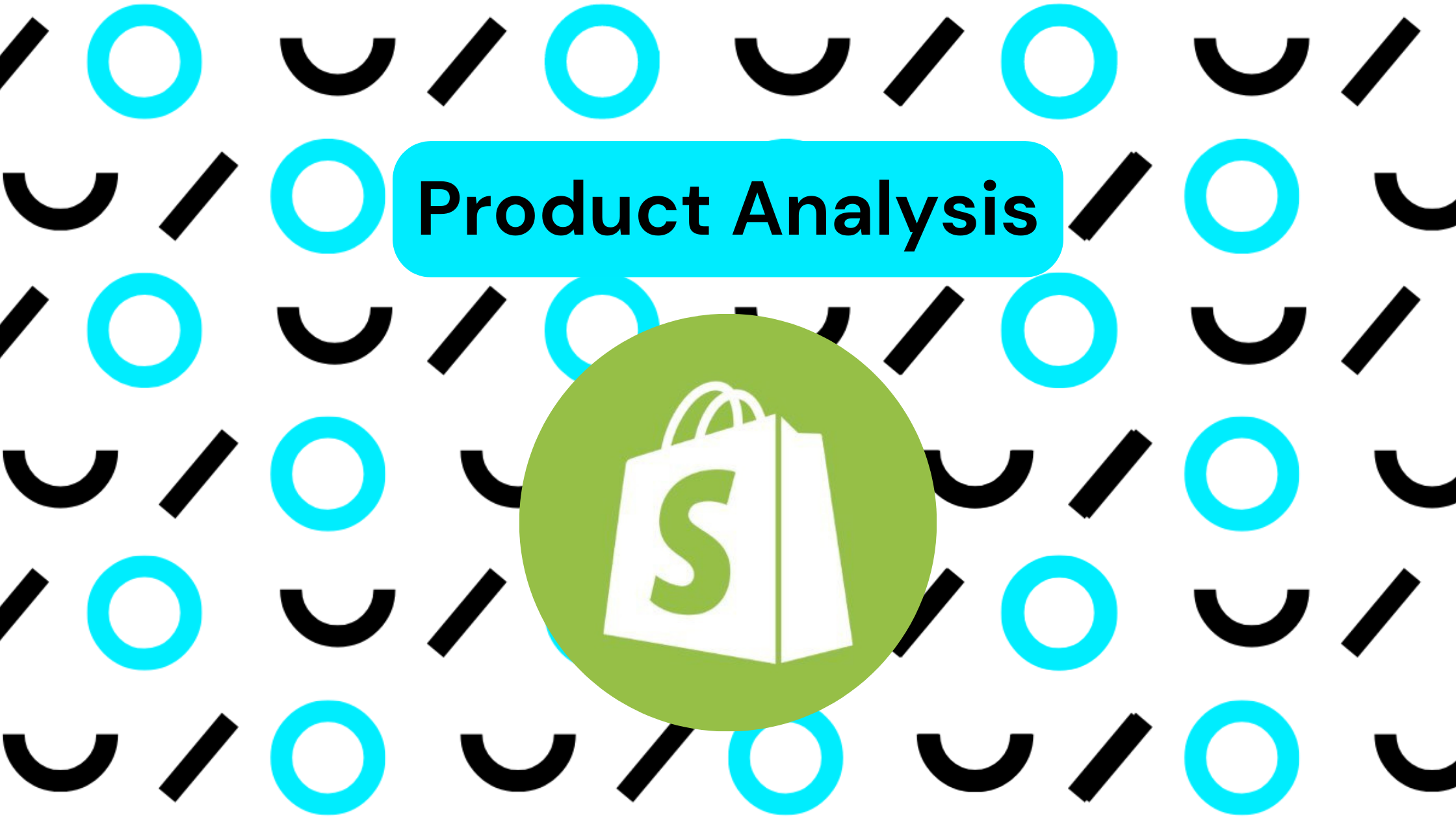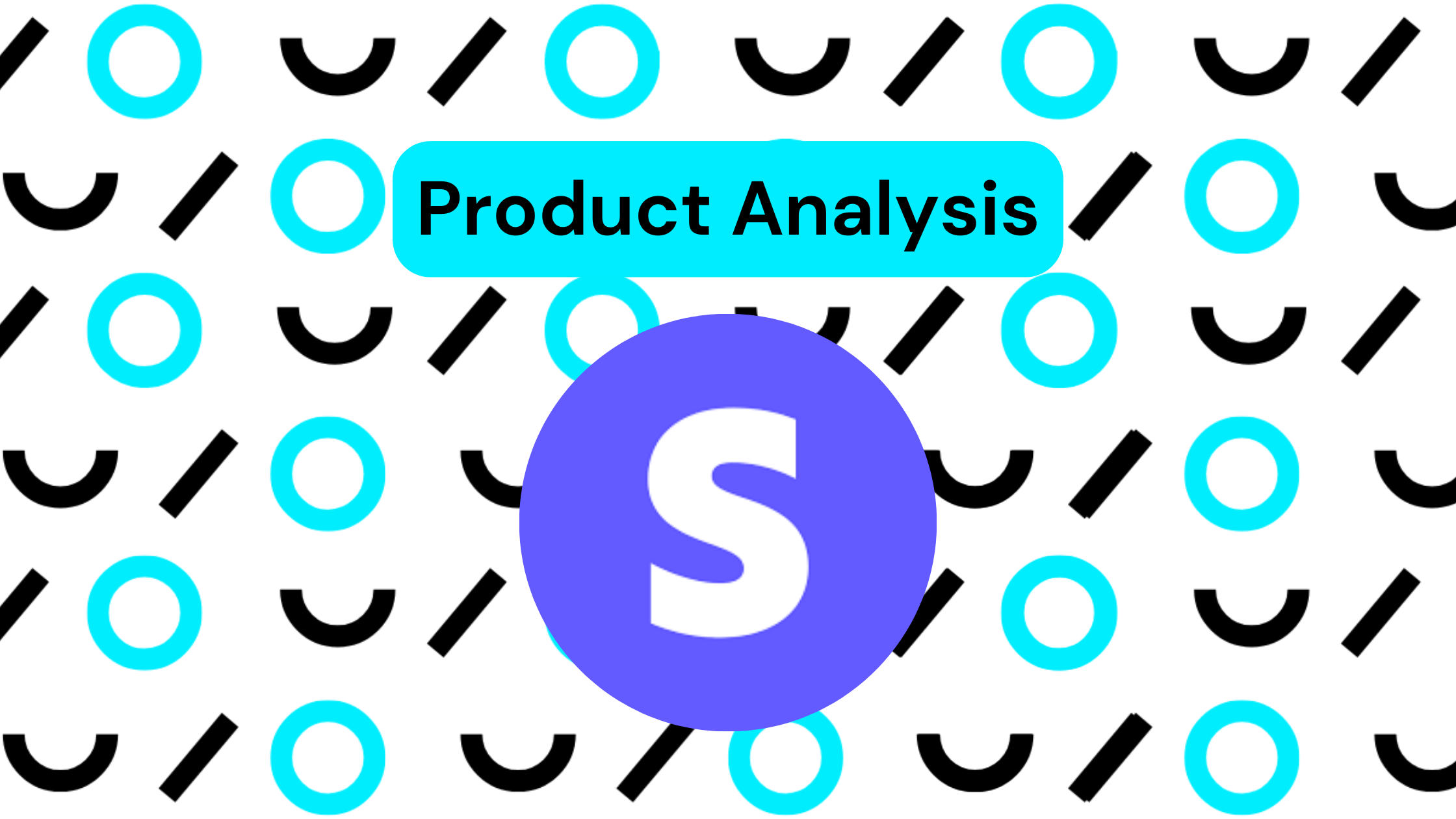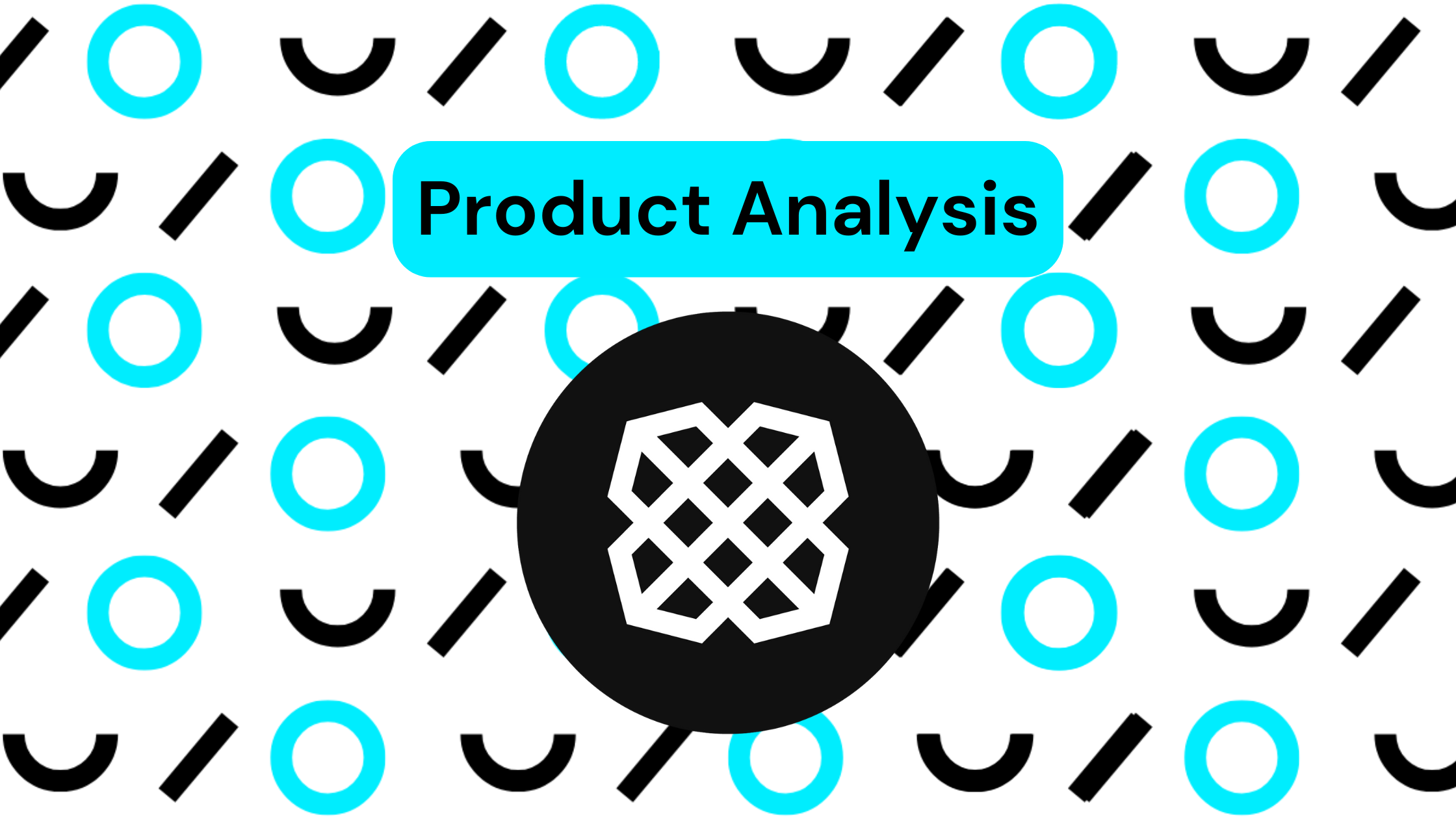In this installment of our product analysis series, we’re looking into Shopify, one of the most popular eCommerce platforms today. Whether you’re a small business owner looking to set up your first online store or a large enterprise needing a fully integrated eCommerce solution, Shopify has become a go-to option. Let’s break down what Shopify is, its key features, market share, and what users love and dislike about the platform.
What is Shopify?
Shopify is a cloud-based eCommerce platform designed to help businesses build, manage, and scale their online stores. It provides everything needed for an online retail presence, from customizable storefronts to payment processing and inventory management. Shopify’s user-friendly design and extensive app ecosystem make it ideal for both beginners and experienced entrepreneurs.
Merchants can create customizable stores, list products, handle transactions, and integrate with marketing tools all within one platform. Shopify also offers a range of themes and templates, making it easy to design a polished online store without extensive web design experience. It is especially popular with small to mid-sized businesses but is scalable enough for large companies as well.
While Shopify is widely loved for its ease of use, some users find it less flexible in terms of customization compared to other platforms, particularly when dealing with advanced or complex store setups.
Key Features
- Customizable Online Storefronts – A range of templates and drag-and-drop tools to create a unique online store.
- Payment Integration – Supports Shopify Payments and integrates with third-party payment processors like PayPal and Stripe.
- Mobile Optimization – Built-in mobile responsiveness to ensure a seamless experience for customers on all devices.
- Inventory Management – Tools for tracking and managing stock levels, including automated alerts for low stock.
- SEO Tools – Built-in SEO features to optimize your site for search engines.
- Marketing Integration – Integrates with email marketing, social media, and Google Ads to help businesses reach customers across channels.
- Shopify App Store – An extensive app marketplace that allows users to add extra features and integrate with other services.
- Analytics & Reporting – Provides data on sales, customer behavior, and store performance.
Market Share and Users
Shopify is one of the leading eCommerce platforms worldwide, powering over 5 million businesses globally. It holds a strong position in the U.S. eCommerce market, particularly among small and medium-sized businesses. Shopify’s diverse user base includes entrepreneurs, startups, and established brands looking to improve or scale their online presence.
According to Statista, in the U.S., Shopify is used by roughly 30% of websites that use eCommerce technologies, making it the largest player in the space. The market’s other major competitors include Wix Stores, with around 23% market share, followed by WooCommerce Checkout and Squarespace Add to Cart, each holding approximately 15% market share.
Wins and Losses
Wins
- Ease of Use – Shopify is known for its user-friendly interface, which makes it simple for entrepreneurs to launch their online stores quickly.
- Scalability – Supports businesses of all sizes, from startups to established enterprises, with plenty of options for growth.
- Extensive App Ecosystem – A wide range of third-party apps that help businesses customize and extend functionality.
- Integrated Payment Gateway – Shopify Payments simplifies payment processing and eliminates the need for third-party payment processors.
- Support for Multiple Sales Channels – Seamlessly integrates with marketplaces like Amazon, eBay, and social media platforms like Facebook and Instagram.
Losses
- Cost – Shopify can be expensive, especially when you factor in transaction fees, app costs, and additional premium themes.
- Limited Customization – While easy to use, Shopify’s theme options and templates may not offer as much flexibility for advanced customizations as some competitors.
- Transaction Fees – If you don’t use Shopify Payments, there are additional transaction fees, which can add up.
- Learning Curve for Advanced Features – Though easy for beginners, more advanced users may face challenges when trying to implement custom functionalities or integrations.
- Integrations with Accounting Systems – Direct integrations exist, however they often make processes more complicated and accounting terms decide not to use them.
Alternatives to Shopify
While Shopify is a powerful eCommerce platform, several alternatives offer unique features that may better suit specific business needs:
- WooCommerce – Best for businesses that want maximum control and customization. As a WordPress plugin, it’s flexible but requires more technical expertise to set up and maintain.
- Wix Stores – Ideal for small businesses and creatives looking for an easy-to-use, drag-and-drop interface. However, it lacks the advanced scalability and integrations that Shopify offers.
- Squarespace – Great for designers and content creators who want visually stunning websites with built-in eCommerce. It’s easy to use but may not handle complex operations as effectively.
- BigCommerce – A strong choice for mid-sized and enterprise-level businesses needing advanced functionality and scalability. It offers powerful built-in features for growing businesses.
How Shopify and Amalgam Work Together
Shopify excels at managing online stores, handling everything from product listings and customer orders to payments and shipping. However, it is a very poor tool for organizing and booking your accounting data. Further, as eCommerce businesses grow, managing financial data across multiple payment platforms can become cumbersome. This is where Amalgam steps in to simplify the process by seamlessly integrating Shopify’s sales data with accounting and financial management systems.
The most relevant application is illustrated in our Sales-COGS-Inventory Template. This solution pulls data directly from shopify and organizes it into journal entries across gross/net sales, cost of goods sold, and inventory. That data is then connected with your accounting system to load directly.
What Amalgam Customers Say
- Customer 1:
“Our eCommerce client relies on Shopify to manage their online store, and it’s been an amazing tool for scaling sales operations. While it’s easy for their team to handle product updates and promotions, I spend a bit more time consolidating sales data and reconciling payouts. Thankfully, Amalgam helps us pull everything together so we can stay on top of financial reporting.” - Customer 2:
“Shopify works well for managing multiple SKUs and tracking inventory, but getting detailed sales and tax reports can be tedious. I often find myself cross-referencing data across platforms to ensure accuracy.”
Amalgam’s Recommendation
Whether you’re a startup launching your first online store or a seasoned entrepreneur looking to scale, Shopify offers a reliable and secure platform with a wide range of built-in tools. We Recommend Using Shopify If:
- You want an easy-to-use, all-in-one eCommerce solution.
- You’re looking for scalability and flexibility as your business grows.
- You need integrated payment processing and sales channel management.
- You prefer a robust app ecosystem to customize your store’s functionality.
Conclusion
Shopify remains a top choice for small to medium-sized businesses looking to build and scale their online stores. While it comes with a price, its ease of use, powerful features, and strong support network make it a valuable tool for entrepreneurs. However, businesses with more specialized needs or complex setups should evaluate alternatives to ensure the best fit for their goals.




